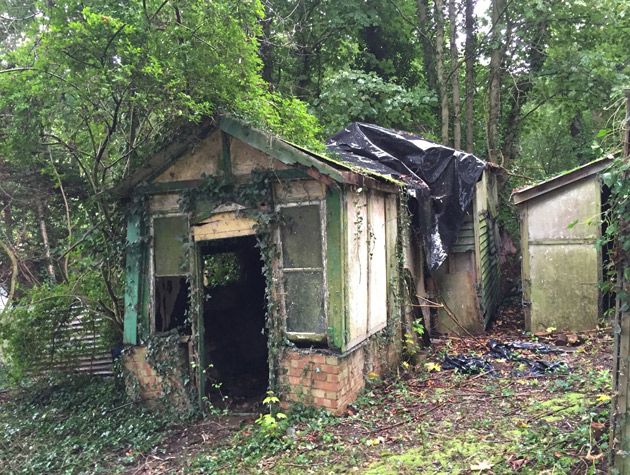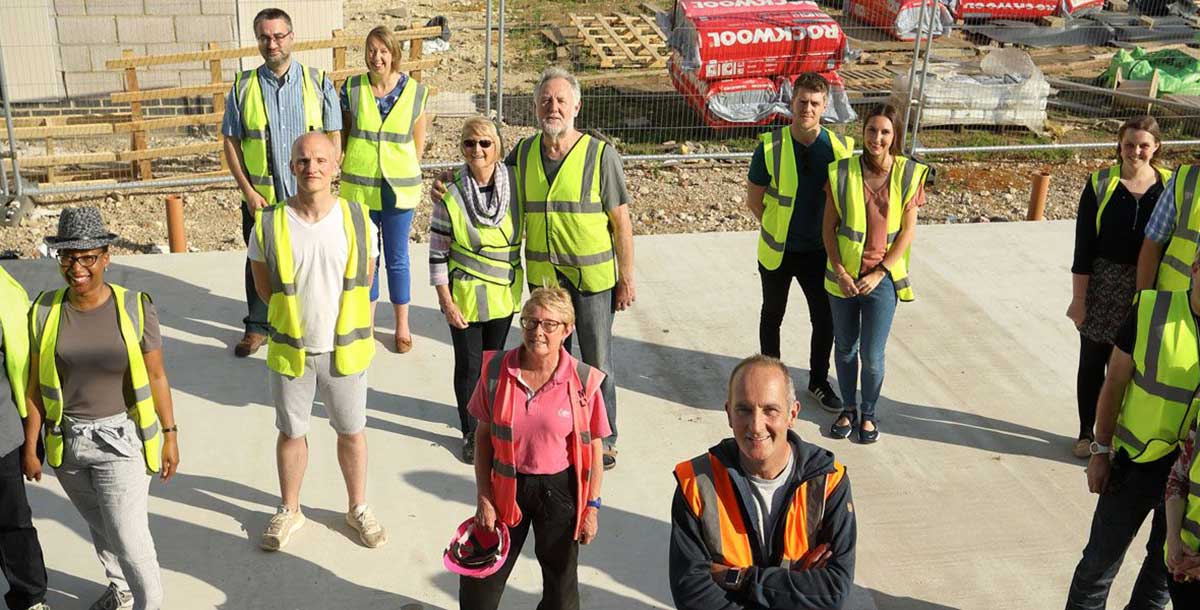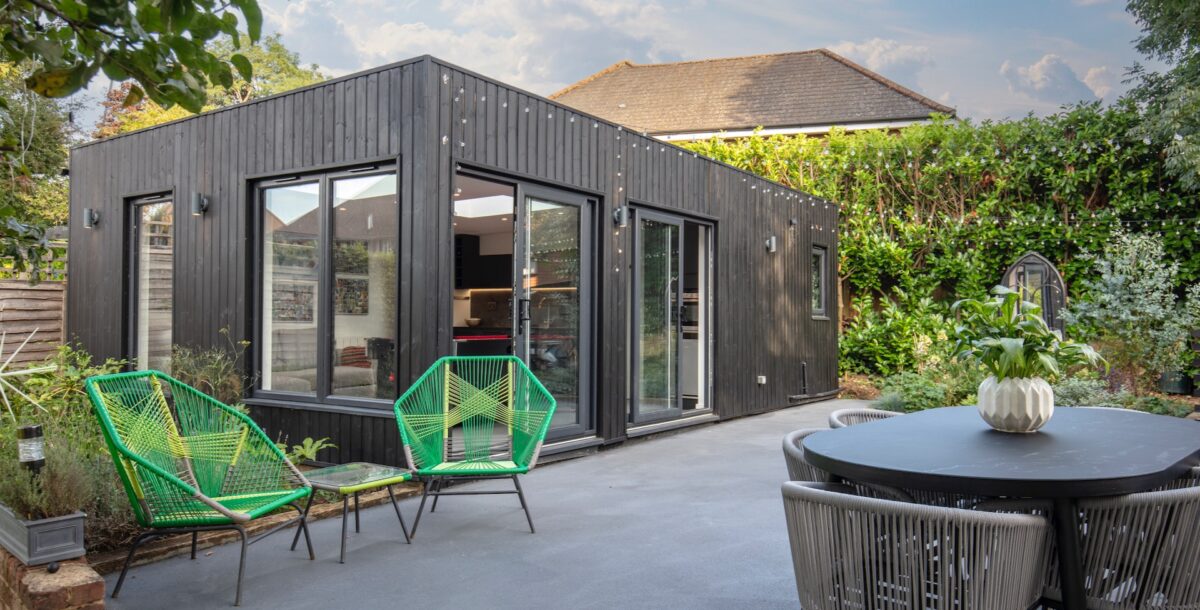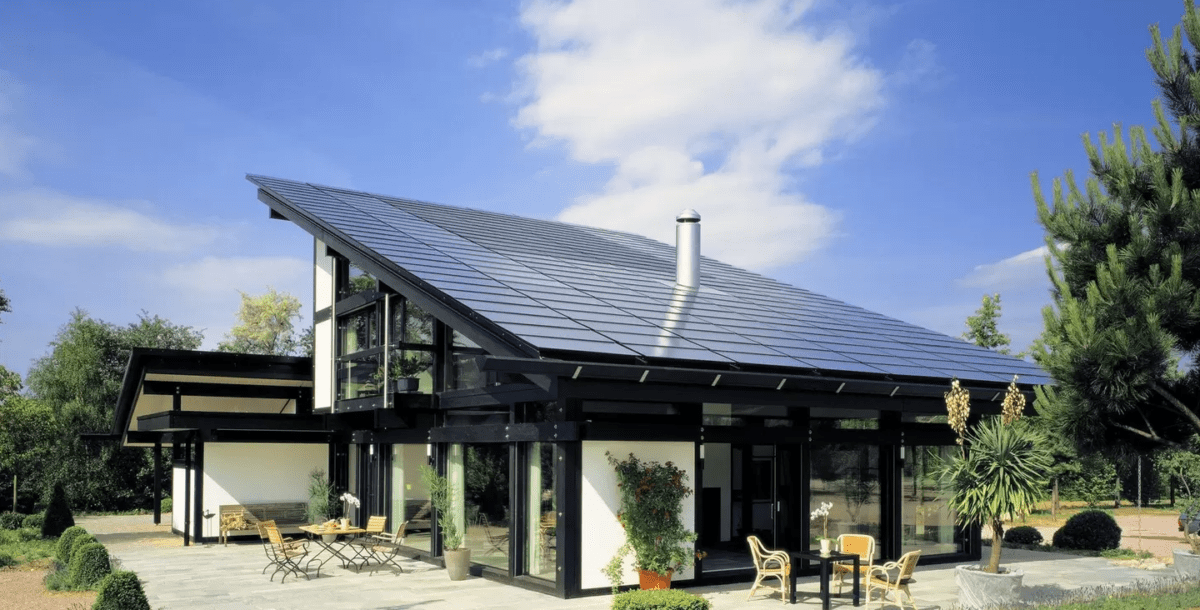Kevin McCloud on the new act that aims to revive self-builds
Charting the problems with past legislation and a new act that aims to revive the self-build market
Self-build is now officially set to grow exponentially. The Government’s sparkling online self-build portal is fully operational, thanks mainly to the strident efforts of NaCSBA (the snappily titled National Custom and Self-Build Association) and one or two dedicated civil servants. The Self-Build and Custom Housing Act was passed in parliament on 4 February 2016 and became law on 1 April, thanks almost entirely to the efforts of one MP, Richard Bacon, who has pushed for years to see custom and self-build incorporated into every house builder’s scheme. Projects are emerging, such as Graven Hill, Cherwell District Council’s own grand design, which will see 2,000 self-build homes erected as part of an urban extension to Bicester.

Photo: Theo Cohen Photography
So we stand at the dawn of a new era in self-build – the likes of which we have never seen, etc. But hang on… surely people have been self-building since time immemorial? Yes, they have. Medieval hovels were constructed by peasants out of locally available materials (we call this vernacular nowadays). Long before them, the likes of Ur and Nineveh were entirely self-built by owner-occupiers (whose building schedules weren’t affected by the glazing being late because nobody had invented glass yet).
And thus it has been through the millennia. Right up until the midtwentieth century when housing corporations and developers arose and almost entirely took over the provision of housing in a planning environment that favoured them and squeezed out the enterprising self-builder. (I’m writing about England; elsewhere in the world self-build has continued to flourish.) The most poignant story of this is related in two volumes by Deanna Walker who spent her life growing up among the Plotlands of Essex. The Plotlands were an exceptional idea that emerged from the growth of the railways. Enterprising farmers and land agents in the late-nineteenth century realised that low-grade farmland could be split and sold for development and that the railway could entice urban dwellers out to invest.
The result was a boom in pioneering enterprise as Londoners bought a plot and then built weekend homes, holiday chalets and bungalows with their own hands. In 1899, the Essex Chronicle estimated that 2,700 plots had been bought in the Laindon area alone. As water, sewerage and gas were piped to these sites over the next 30 years, they were advertised as ideal places to build a bucolic weekend life, although a huge number became permanent homes.
Plotlands architecture was light and it was modest. It used a lot of timber. You could design and construct your own home, employ a local builder or buy a kit house. Photographs of Plotlands homes in the Twenties and Thirties show small, single-storey dwellings set in a fairly wild landscape of informal boundaries, long grass and nature right outside the front door; almost as though residents were determined to counteract their brick-made, highly controlled weekday environment with something wilder for the weekend.
This was a new homespun kind of place, not rural, nor suburban but a newly defined type of inhabited landscape that reminds me of villages in New Zealand or Norway, where the architecture plays second fiddle to the natural world rather than attempting to control it or even entirely supplant it.
Plotlands sprang up anywhere within easy reach of Britain’s cities, although not many remain. The relatively flimsy nature of the buildings led to many sites perishing or being redeveloped into conventional suburbia. But where groups of Plotlands dwellings do persist, it’s still possible to enjoy the same sense of wilderness and adventure. We’re filming a new, timber-clad house being built on a Plotlands site just outside Billericay, where, all of a sudden, polite streets give way to muddy tracks with no pavements or white lines, where boundaries between homesteads are marked by woodland and you feel everyone has the right to own a 4×4 and half a dozen paraffin lamps. It feels like the Wild East.
So what did for the Plotlands? How come we did not, as a nation, take the idea of the modest weekend holiday home to our bosom in the way that, say, the Finns have (in a country where every family seems to own a weekend hut on an island on a lake). Was it that our primary homes became just too expensive in their own right? Or that Freddie Laker introduced us to package tours to Marbella? No, it was legislation. The 1947 Town and Country Planning Act (TCPA) defined the parameters for controlling and qualifying development and provided the framework for the mammoth post-war urban projects. In Essex, Basildon Development Corporation conducted a survey of the 8,700 existing dwellings in the area in 1949 and 1950, in preparation for its construction of Basildon New Town. It identified 5,000 homes as ‘shacks’ with a life expectancy of less than 20 years. Eventually it was to use compulsory purchase orders to buy vast numbers of them in order to meet Government housing targets of the time.
And so a collective dream was exterminated by bureaucrats. One that the nation is just beginning to reassemble as we relearn what self-build can provide in terms of empowerment and quality of life. The Plotlands ought to remind us how to go about it in as delicate and light a way as possible, and I’d make Deanna Walker, and anyone else who grew up as a Plotlander, in charge of our twenty-first-century new towns.









